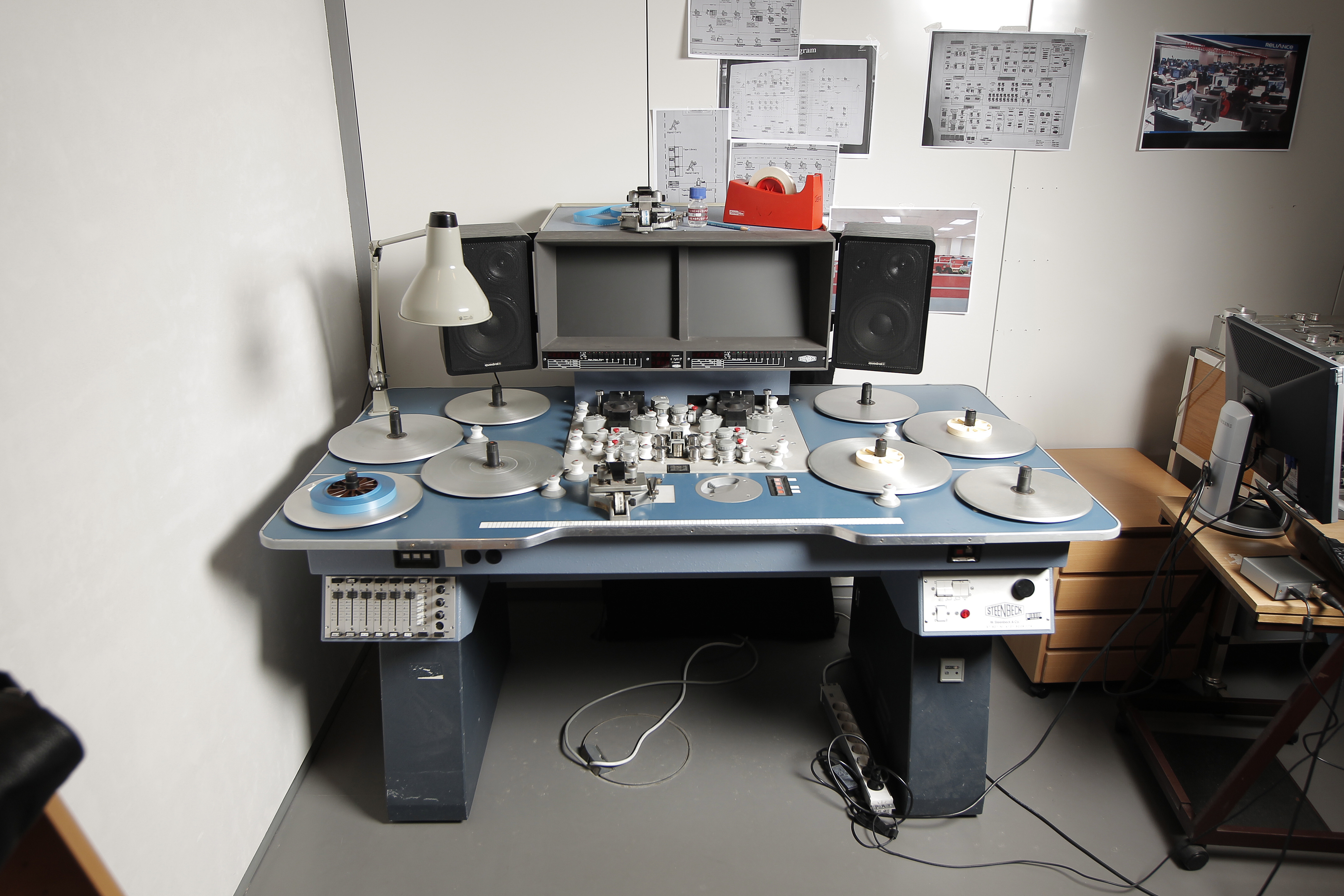For this film challenge we were tasked with making a 2 minute 20's style film. We decided that a horror/mystery sense would be the best theme to go with to get the era across.
Our original plan was to go to the top of the old college in the abandoned attic to film a series of shots. However for health and safety reasons we were not allowed to be up there. Because of this we went with the style of a 'Benny Hill chase' which although was ahead of the time period we were set in, actually worked quite well and led us to featuring different motion shots that we may not have had with our original idea.
Another element of this challenge was the fact it was a silent film that we had to subtitle in editing, this was new to us as we had normally featured the audio from the original shot which meant we had to think more about how the actors were presenting themselves visually to make sure the narrative would match up through filming and editing.
A problem we had when filming was the camera was running low on battery so we had to film quicker than we'd have liked which meant some of the shots we had were not as polished as we needed meaning we had to go and re-film some shots as they were out of focus. This was obviously an inconvenience as it was taking away from the editing time we had set for ourselves.
One of the reasons we were tasked with a 1920's silent film was to work with adding layers on film, we were given a 'scratchy' effect to place over the footage to really emulate that old footage look to pass it off as a 1920's original film, with this we still had to play around with how transparent we wanted it to appear to ensure the original footage was still visible. In addition to this were featuring text to caption the scenes taking place with speech that we individually decided we wanted. Finally it was to add the music which was relatively simple however still had to be timed right to suggest an organised flow to the film.

